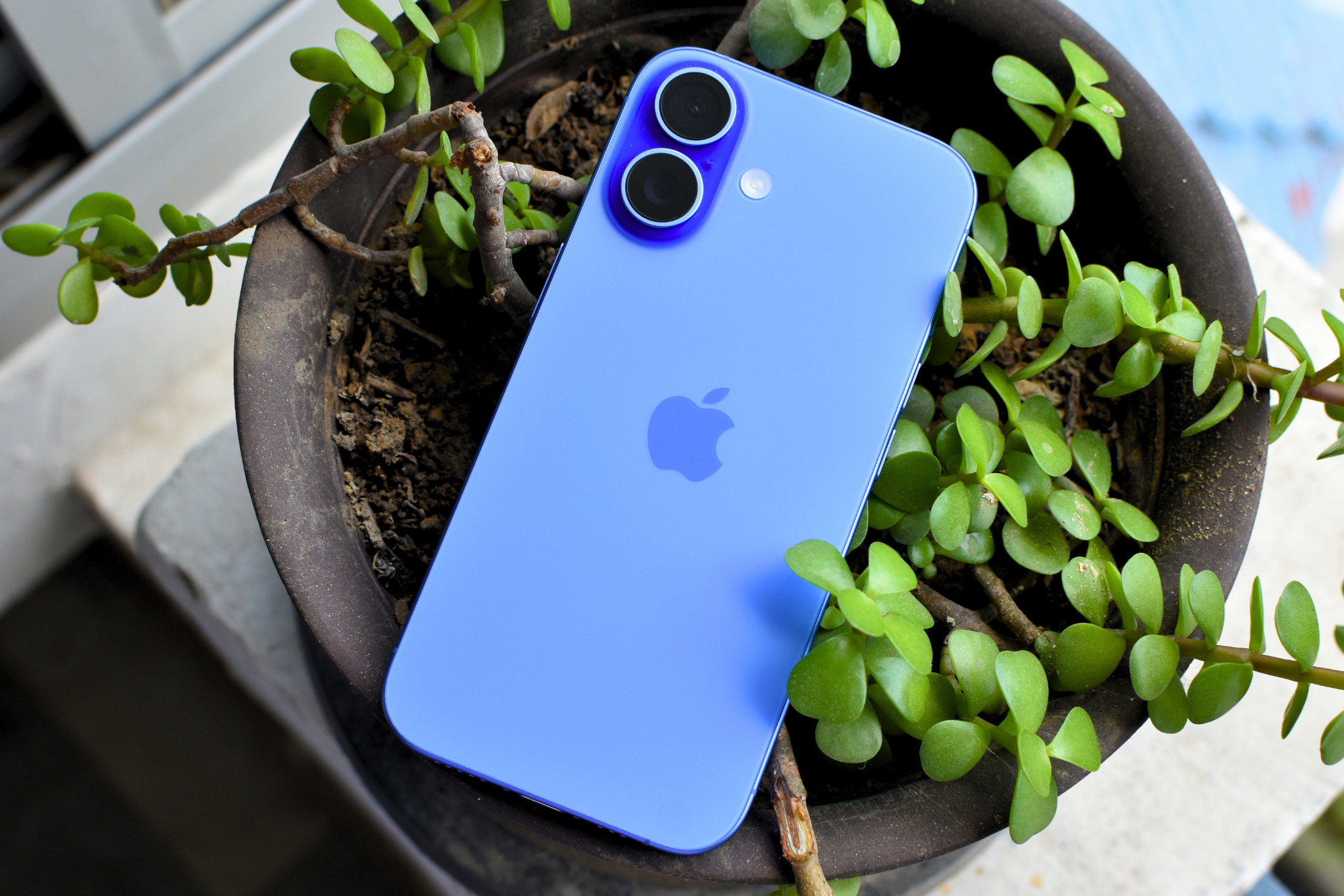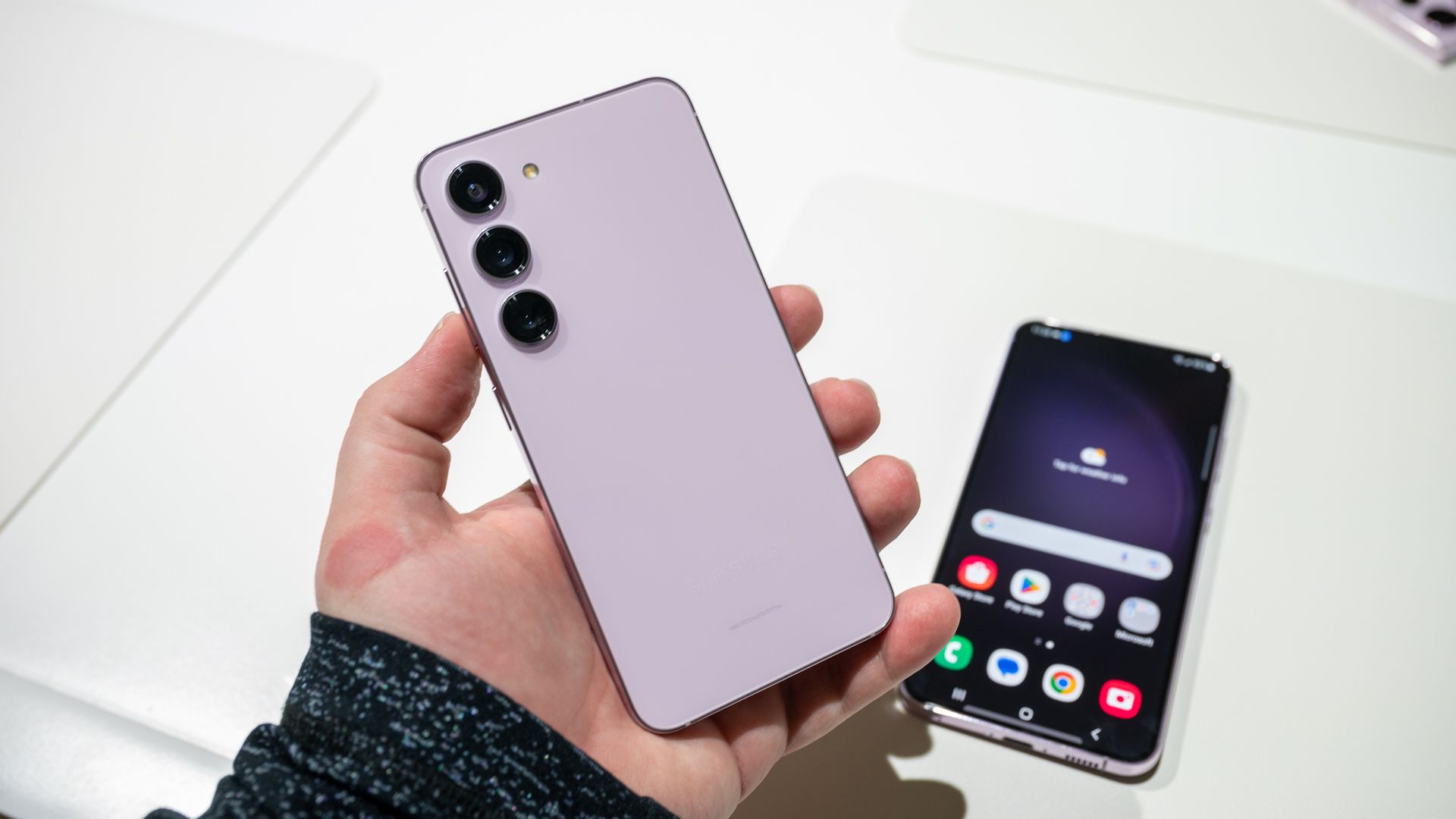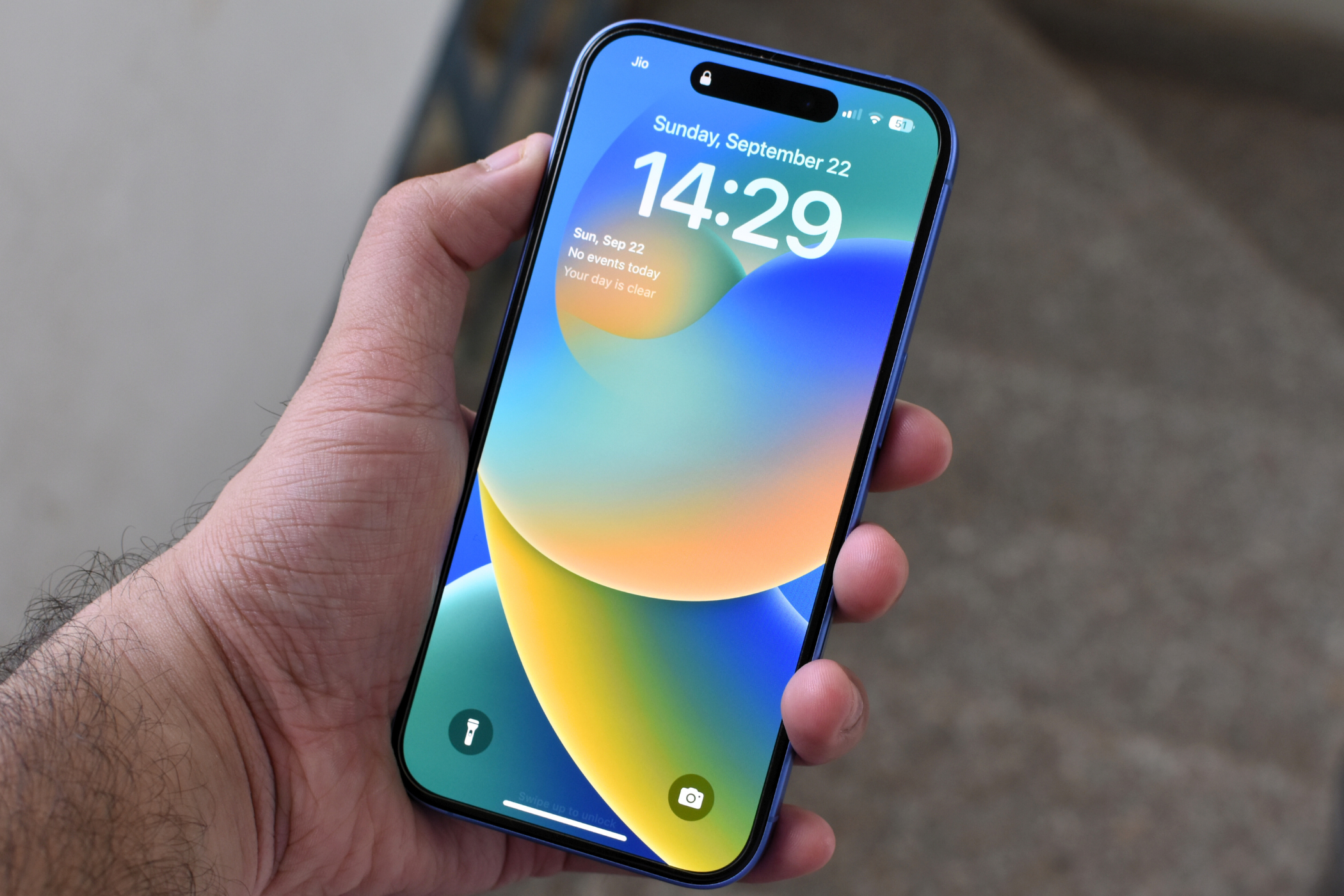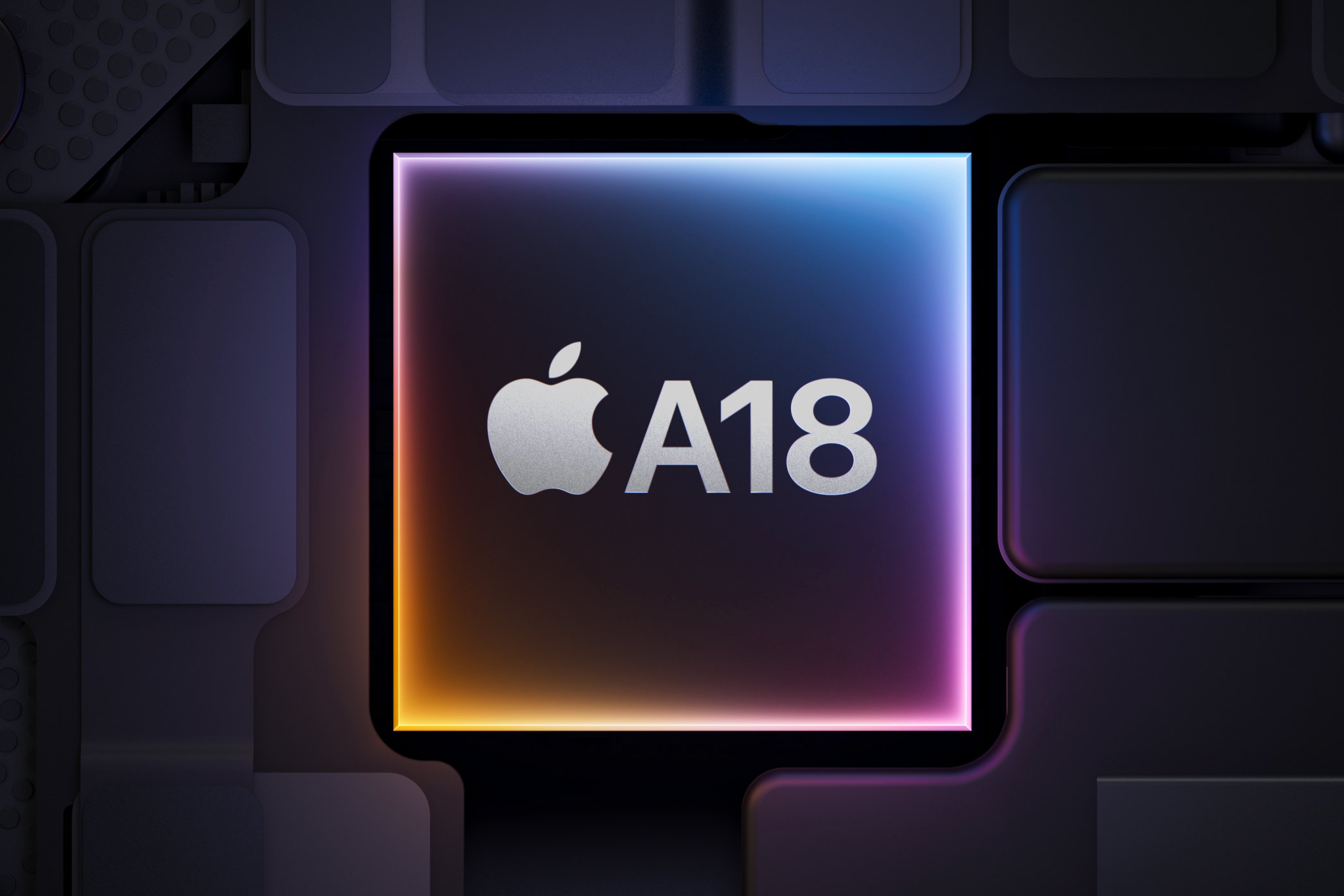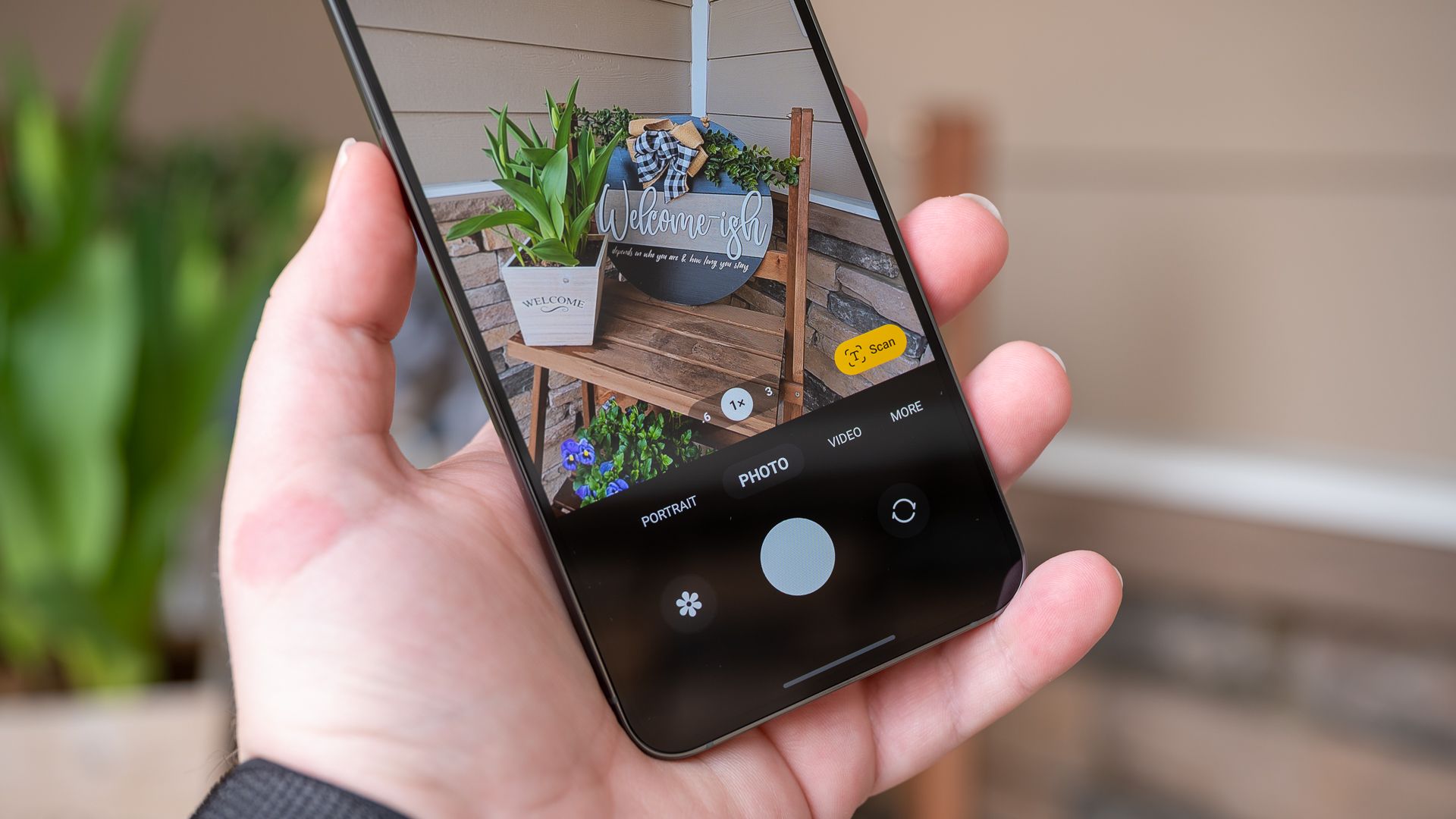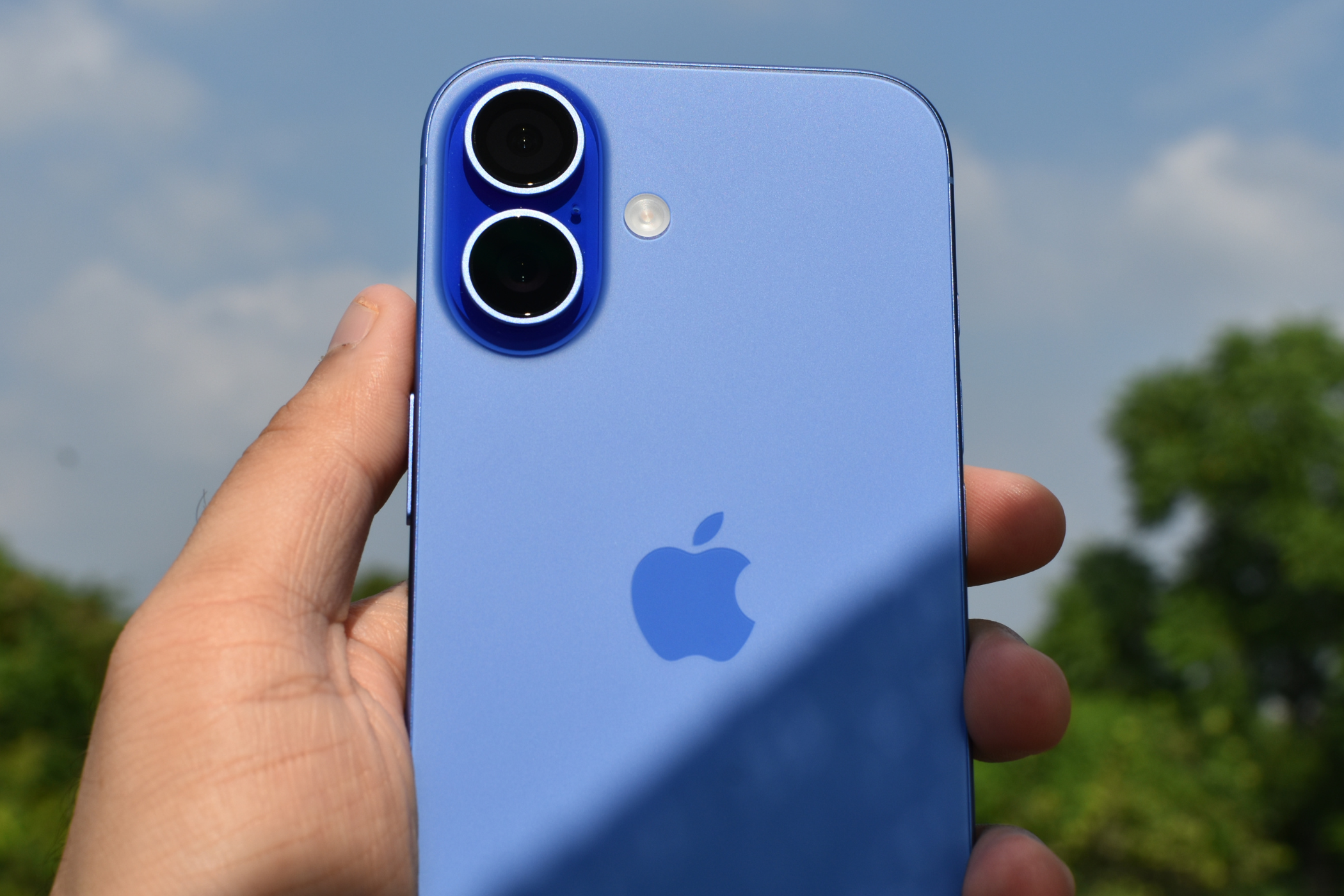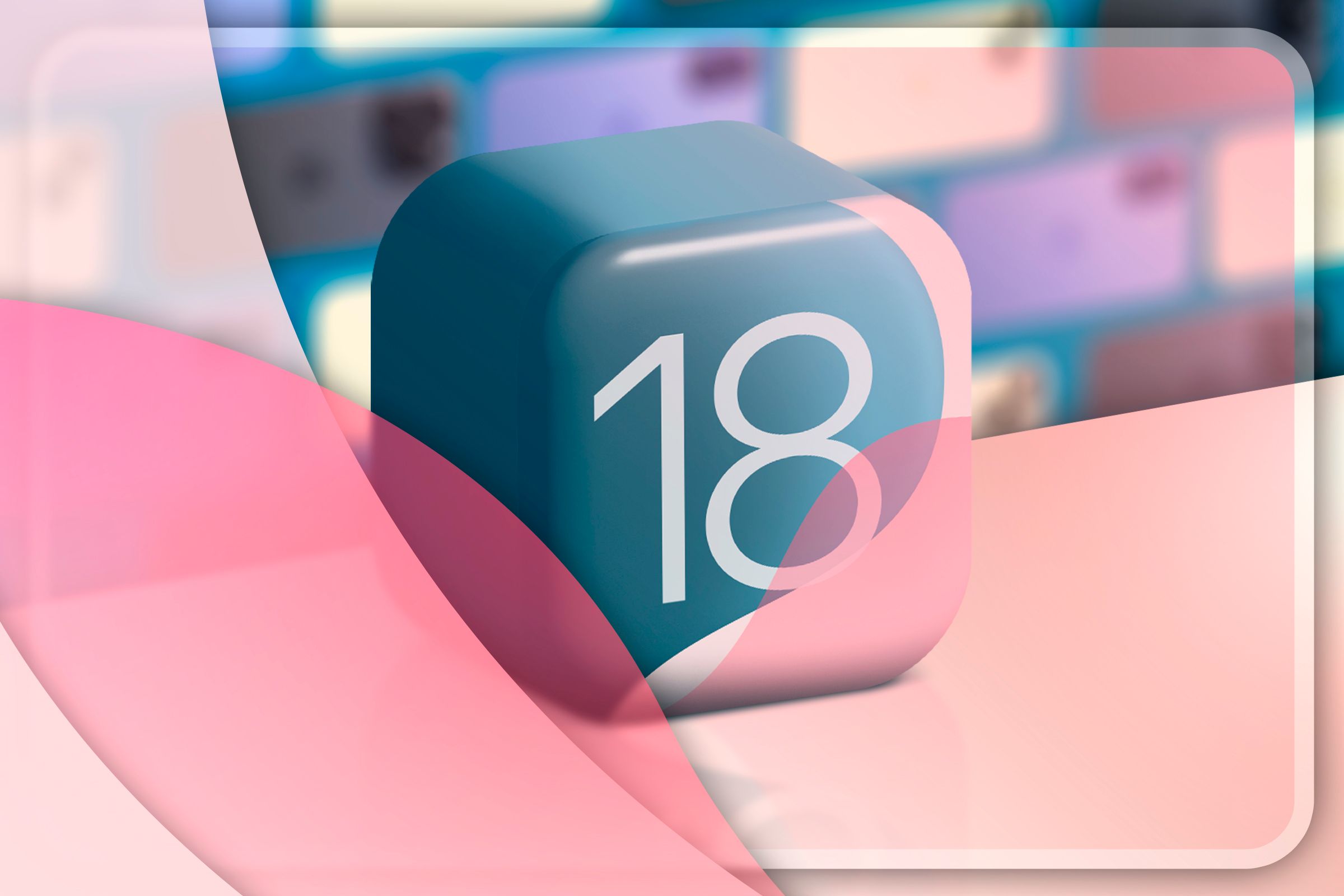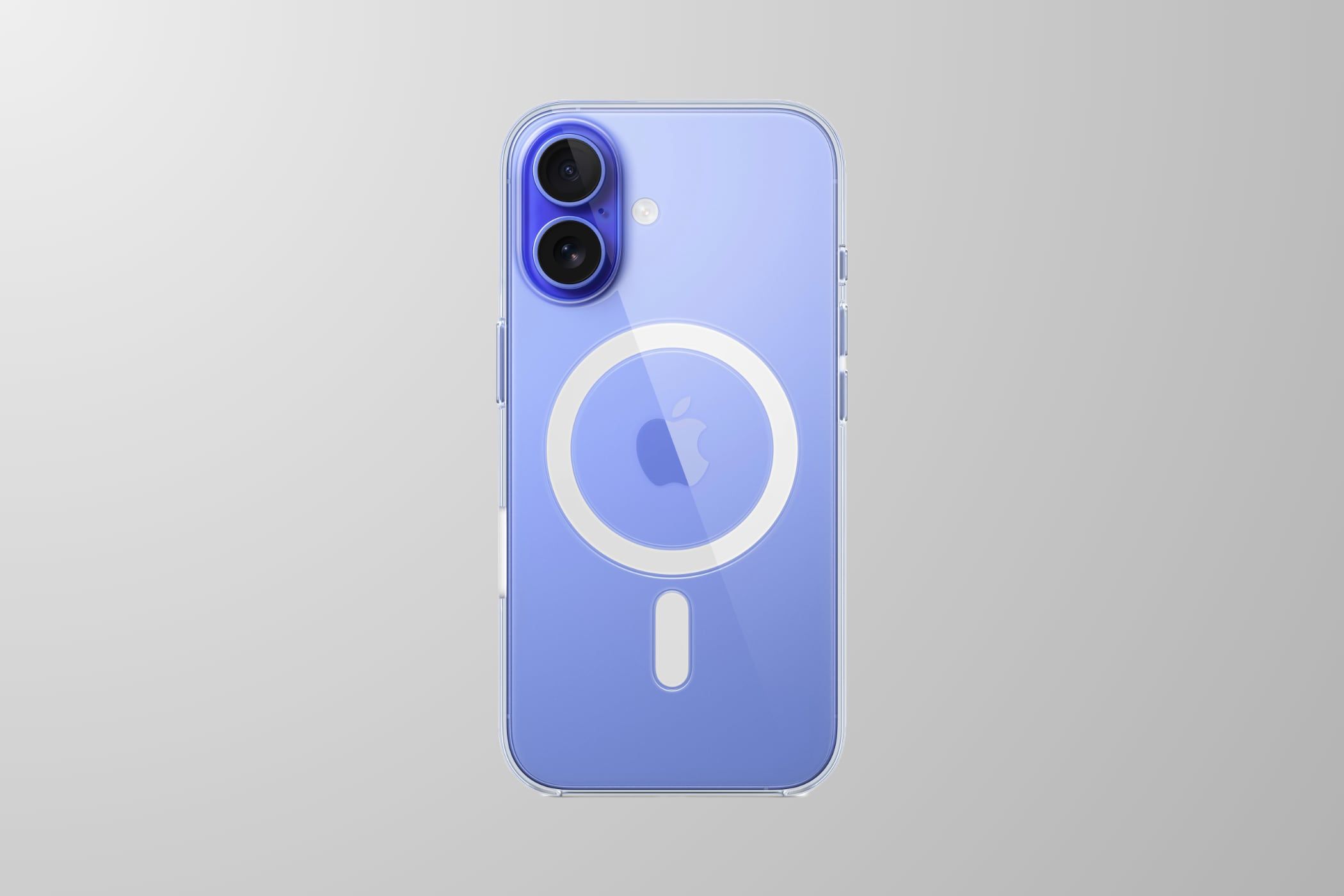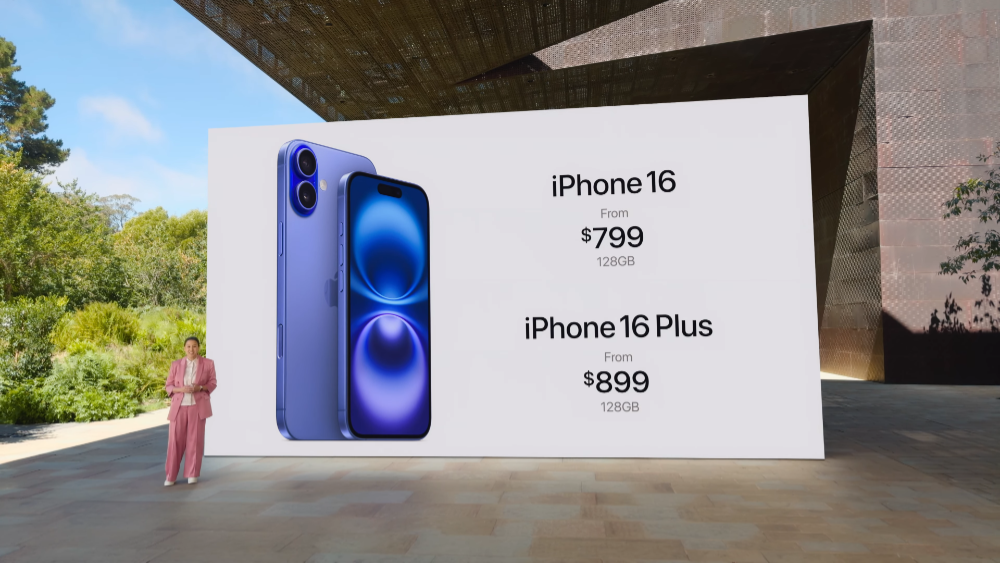Key Takeaways
- The iPhone 16 comes with a textured aluminum frame, a 6.1-inch OLED screen with Dynamic Island, runs on the A18 processor, and features a dual-rear camera setup.
- The Galaxy S23 features a polished aluminum frame, a 6.1-inch AMOLED screen with a 120Hz refresh rate, the Snapdragon 8 Gen 2 SoC, and a triple-rear camera setup.
- While the brand-new iPhone 16 (128GB) is available for $799, the Galaxy S23 (128GB) currently retails for $699.99.
The Samsung Galaxy S23 is among the few compact Android smartphones that offer flagship specifications. But how does it compare with the latest iPhone 16, and should you switch to Apple or stick with your Android handset? Let’s find out.
Both Phones Offer a Compact Premium Design
Since we’re comparing flagships from two different brands, there are plenty of cosmetic differences to talk about. To begin with, the iPhone 16 has a new vertical camera array that protrudes from the rear panel. That’s not the case with the Galaxy S23, which features three flushed camera sensors, giving it a sleek look.
Even though both phones have an edge-to-edge screen with minimal bezels, the iPhone 16’s display features a Dynamic Island (pill-shaped interactive notch), while the Galaxy S23 has a regular punch-hole notch.
The aluminum frame on the iPhone has a textured finish, while the one on the S23 has a polished, shiny finish. Moving to the rear panel, the iPhone uses color-infused glass, while the S23 sports Corning’s Gorilla Glass Victus 2. Both have a matte finish.
For enhanced durability and scratch resistance, the iPhone 16 sports second-generation Ceramic Shield protection over the front screen, while on the Galaxy S23, it’s the Gorilla Glass Victus 2 doing the job. An IP68 dust and water resistance rating is standard on both smartphones.
Talking about dimensions, the iPhone 16 is slightly taller, wider, and thicker than the S23, but it weighs only two grams more. The former is available in ultramarine, teal, pink, white, and black, while the latter is available in lavender, cream, phantom black, green, and two Samsung exclusive colors: lime and graphite.
What’s new on the iPhone 16 are two buttons, namely the Action Button and the Camera Control button. While the former is a customizable button that replaces the mute switch on an iPhone, the latter lets you open the Camera app, switch between all the settings, and capture a picture (or video).
The iPhone 16 Is Stuck With a 60Hz Refresh Rate
The Super Retina XDR (OLED) screen on the iPhone 16 can shine as bright as 2,000 nits (and go down to 1 nit when required), while the S23’s Dynamic AMOLED 2X screen maxes out at 1,750 nits, which is no slouch either. Simply put, it would be a tad easier to look at an iPhone’s screen under direct sunlight.
Further, Apple’s flagship has a significantly sharper screen (460 ppi vs. 425 ppi). However, the S23 takes it back with support for a higher refresh rate (up to 120Hz), while the iPhone 16 is stuck at 60Hz. The lack of an always-on display on the iPhone is another disappointment.
Even in 2024, Apple has reserved both always-on and high refresh rate displays for the Pro models. Check out our comparison between the vanilla iPhone 16 and the iPhone 16 Pro to learn about all of the differences.
Apple A18 vs. Qualcomm Snapdragon 8 Gen 2
This year, Apple introduced the new A18 Bionic chip with the iPhone 16, and it didn’t take long for the processor to dethrone its competitors.
The hexa-core chipset on the baseline iPhone scores over 3,300/7,980 points in the single- and multi-core GeekBench 6 tests. In comparison, the Snapdragon 8 Gen 2 on the Galaxy S23 scores around 1,990/5,300 points (via Nanoreview).
Clearly, the one-year-old Snapdragon chip is no match for the A18 processor. That’s also because the latter features a powerful GPU, which can handle AAA video games with hardware-accelerated ray-tracing.
However, the difference is only evident when you push the phones to their maximum capability, like playing a video game at its maximum settings or trying to edit a 4K video. Otherwise, both phones can handle regular tasks like browsing the web, streaming content, and switching between apps really well.
The Galaxy S23 Has an Additional Telephoto Camera
Samsung’s 2023 flagship is one step ahead of the latest iPhone in the camera department. The Galaxy S23 sports a triple-camera setup: a 50MP primary sensor, a 12MP ultrawide sensor, and a 10MP telephoto sensor that provides 3x optical zoom. On the front, there’s a 12MP selfie shooter with autofocus.
Let’s talk about the S23’s pros for a bit. The primary camera on the smartphone can record 8K videos at 30 fps. The phone also lets you capture pictures in RAW (suitable for professionals or creative users who like to edit their pictures) and has a Night Video mode for capturing moments in poorly lit surroundings. You also get a Pro mode that provides manual control over the exposure, shutter speed, and focussing range.
The iPhone 16, on the other hand, has a dual-camera setup. While the primary camera is a 48MP sensor (introduced with the iPhone 14 Pro), there’s another 12MP ultrawide sensor for capturing landscapes. What’s worth noting is that the primary sensor lets you capture 2x lossless pictures. Last but not least, the iPhone 16 features a 12MP TrueDepth sensor (a fancy name for the selfie camera) with autofocus.
What’s unique about the iPhone’s ultrawide camera is that it doubles as a macro shooter for both photos and videos (with a minimum focusing distance of 2 cm). Apple’s flagship can also record stereoscopic videos, or what the company likes to call “Spatial Videos.” Then, there’s an Audio Zoom feature that helps modify the sound captured with videos.
What the iPhone 16 doesn’t have are all the AI-based photo editing features available on the S23, courtesy of Galaxy AI. However, that will change with Apple Intelligence, which will arrive sometime in October 2024.
iOS 18 vs. One UI 6 (Based on Android 14)
This part of the comparison depends on whether you like Android or iOS.
If you’ve been an Android user for a long time, you’ll be comfortable with the One UI 6.1.1 and the One UI 7.0 when it arrives in 2025. In addition, Samsung has already extended the Galaxy AI features like Overlay Translation, Live Effect, and Sketch To Image to the S23 series. On release, Samsung promised to provide four years of Android upgrades, meaning the phone is covered until 2027.
Being Apple’s latest flagship surely gives the iPhone 16 a few more years of software support. In September, the company also rolled out its latest operating system, iOS 18, albeit without Apple Intelligence. Even so, the upgrade offers better home screen customization, a revamped Control Center and Photos app, and improvements to the Messages and Maps app.
Expect Similar Battery Life on Both Phones
The iPhone 16 is rated to provide up to 22 hours of offline video playback and 80 hours of audio playback. You can charge to 50% in around 30 minutes with a 20W adapter, with upgraded MagSafe charging speed to boot (25W with a 30W or higher adapter). The phone also supports Qi2 (15W) and Qi (7.5W) wireless charging.
Samsung’s Galaxy S23 also provides up to 22 hours of video playback (wireless), but the audio playback rating falls short at up to 71 hours. The Android flagship supports 25W wired charging (up to 50% in around 30 minutes) and 15W wireless charging. You also get 4.5W reverse wireless charging.
Both phones feature a USB-C port.
Galaxy S23 Is $100 Cheaper Than iPhone 16
The brand-new iPhone 16 retails for $799 for the baseline variant with 128GB.
The Galaxy S23, released in 2023, is currently available on the company’s website for $699.99 for the 128GB variant.
|
128GB |
256GB |
512GB |
|
|---|---|---|---|
|
iPhone 16 |
$799 |
$899 |
$1,099 |
|
Galaxy S23 |
$699 |
– |
– |
Switching to Apple might make sense if you want a more powerful processor and faster wireless charging, as these could be two quality-of-life improvements.
Otherwise, the Galaxy S23 already has a smoother display, an additional telephoto sensor, and a bunch of Galaxy AI features that make it an all-rounder. Feel free to check out our other comparisons between the Galaxy S24 Ultra and the iPhone 16 Pro Max or the one between the Galaxy S24 and the iPhone 16.
-
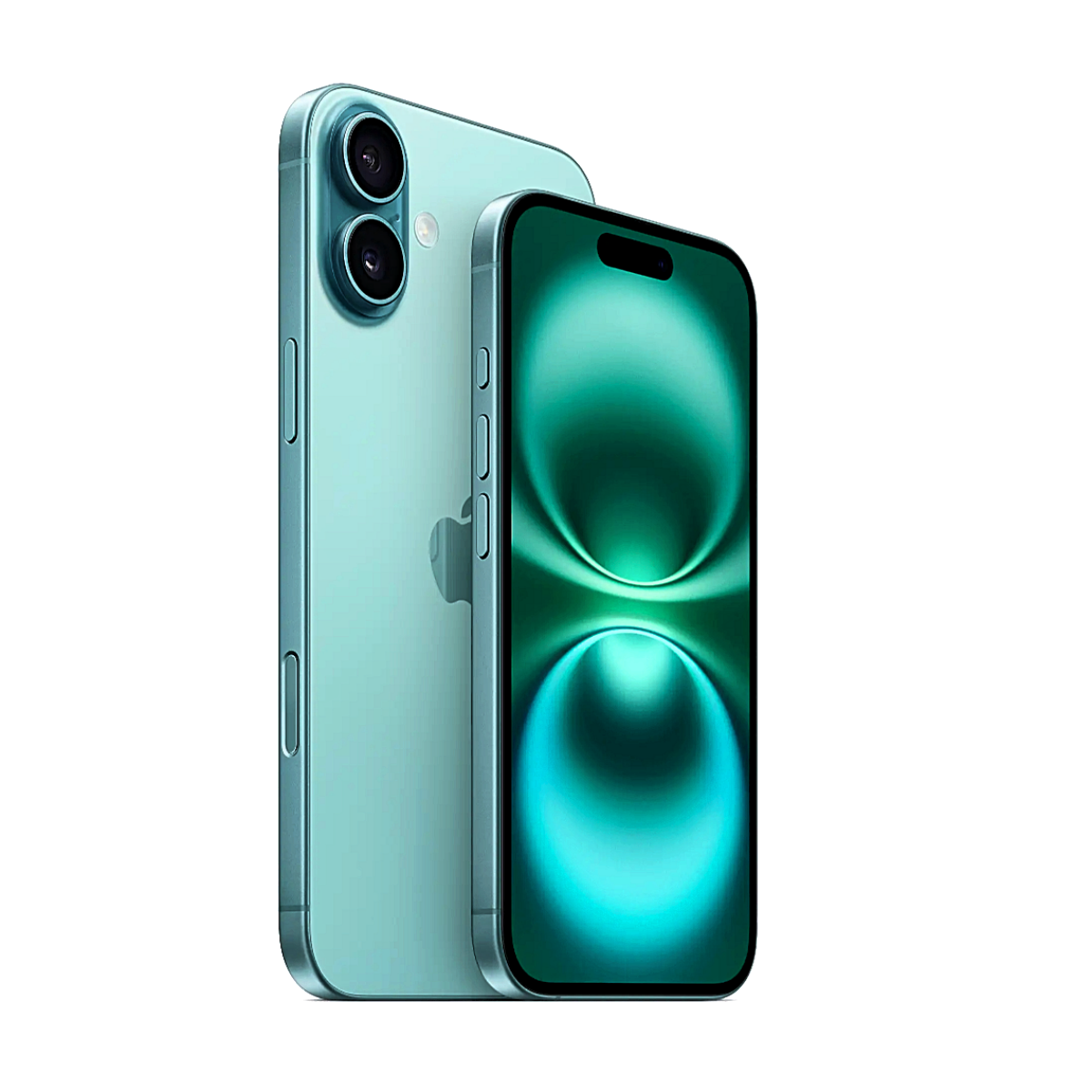
Apple iPhone 16
Apple’s newest iPhone featuring a camera button, programmable action button, and artificial intelligence features.
-
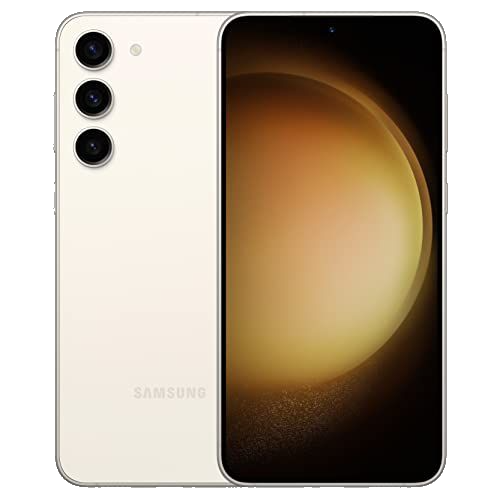
Samsung Galaxy S23
The regular Galaxy S23 and S23 Plus don’t have all the advanced camera features or S Pen of the Ultra, but they’re still solid smartphones with the latest hardware and Android software.


